On November 15, Pell Ann Wardrop, MD, walked into a testing center, where she sat down at a computer and took an exam.
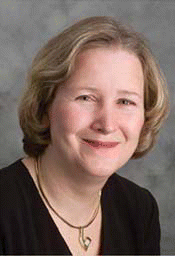

On November 15, Pell Ann Wardrop, MD, walked into a testing center, where she sat down at a computer and took an exam.

Experts agree that continuous positive airway pressure (CPAP) is the gold standard for management of obstructive sleep apnea.
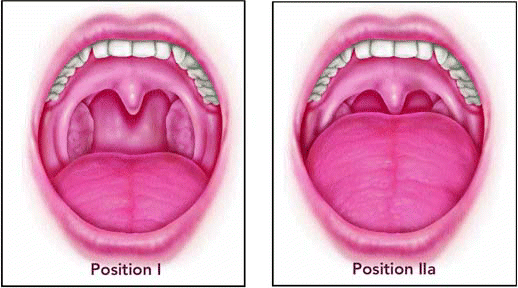
Although otolaryngologic surgeons commonly focus on the palate when treating patients with obstructive sleep apnea (OSA), they also need to look at the tongue.

Sleep-disordered breathing (SDB) is a major problem in children because it is associated with behavioral, cognitive, and emotional morbidity.
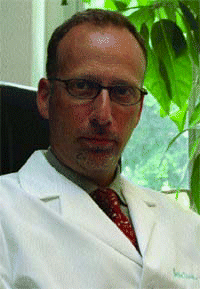
As reported previously in ENToday, as many as 18 million Americans might have obstructive sleep apnea (OSA) with an apnea-hypopnea index (AHI) > 5.0 events per hour of sleep, according to the National Commission on Sleep Disorders Research report, Wake up America: A National Sleep Alert.
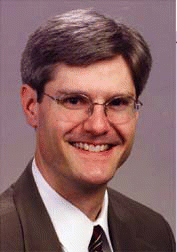
Obstructive sleep apnea (OSA) is now a suspected risk factor for glaucoma and other optic nerve diseases, according to a recent review of the topic in the Canadian Journal of Ophthalmology.
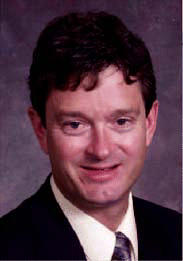
When it comes to performing surgery for obstructive sleep apnea (OSA), there are a variety of procedures that can be done, but otolaryngologists sometimes have personal preferences, and preferences can affect everything from how diagnoses are made to the type of surgery performed, often with similar end results.
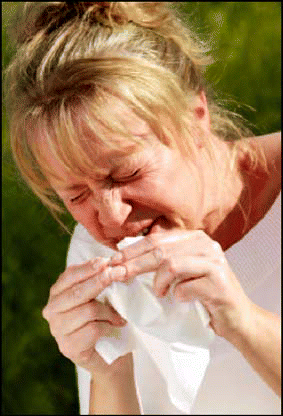
An expert panel containing three former American Academy of Otolaryngic Allergy presidents recently provided a look at the future of allergic rhinitis, as well as a refresher on how best to treat it.
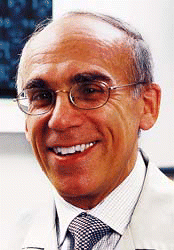
Continuous positive airway pressure (CPAP) is the standard first-line approach for moderate to severe obstructive sleep apnea.

If at first you don’t succeed, try, try again.